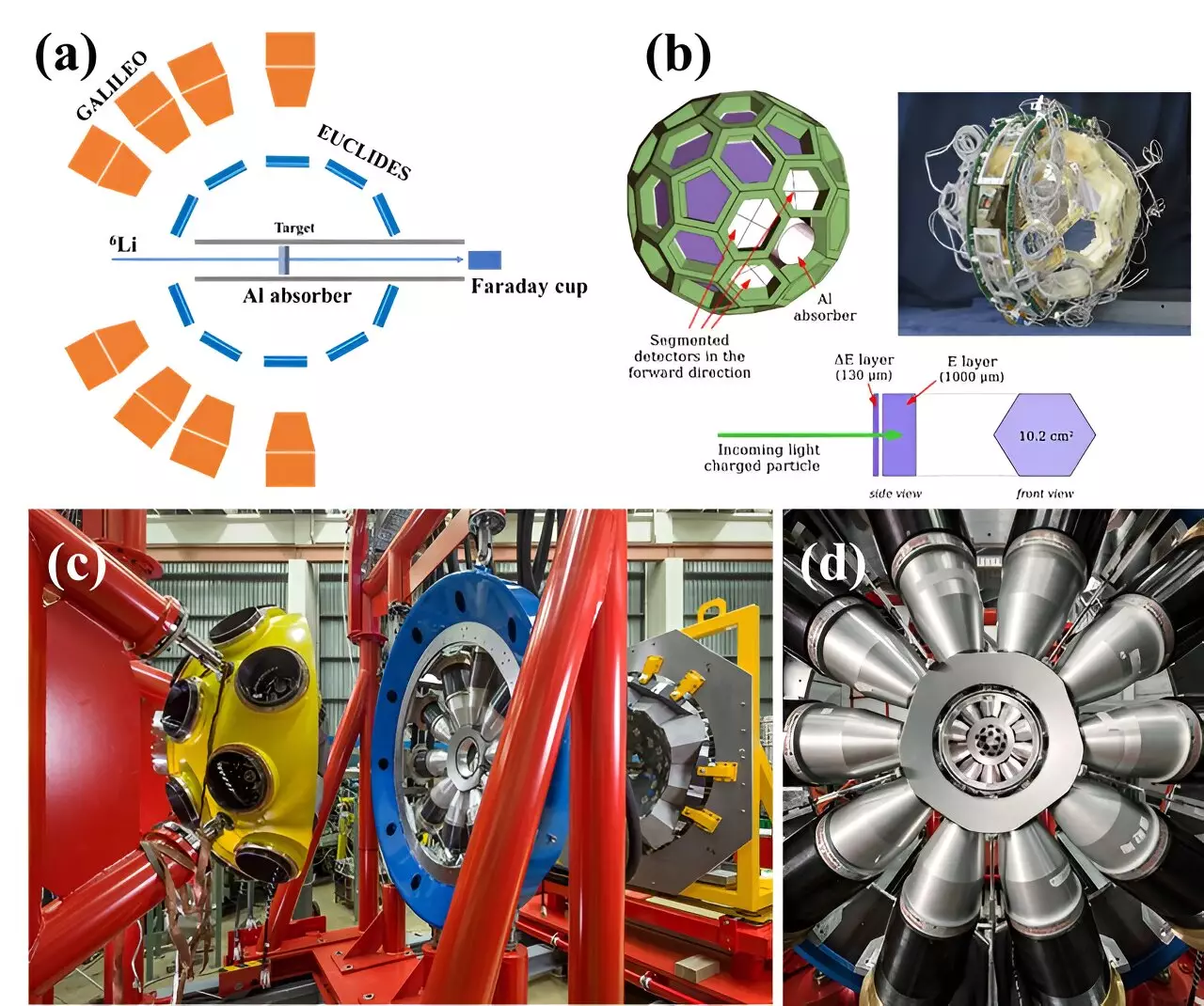The recent research conducted at Legnaro National Laboratory has shed light on the transfer of neutrons in weakly bound nuclei. Specifically, the focus was on the one-neutron stripping process in interactions involving lithium-6 and bismuth-209. Published in the journal Nuclear Science and Techniques, the study has unveiled new insights into how these reactions unfold.
Contrary to previous assumptions, the results of the experiment have demonstrated that the one-neutron stripping process is more significant at lower energies than fusion reactions. This finding challenges conventional wisdom and showcases the complexity of nuclear interactions. The collaborative effort has highlighted the pivotal role played by one-neutron transfer in understanding the behavior of nuclei in various conditions.
Using cutting-edge technology such as the GALILEO Array and the 4π Si-ball EUCLIDES, the researchers conducted detailed spectroscopic analysis to track and identify the reactions in question. The gamma-gamma coincidence method was instrumental in isolating specific reaction channels, enabling the team to discern the behavior of nuclei with precision. This sophisticated approach has provided valuable data on how weakly bound nuclei interact with heavier counterparts.
Implications for Nuclear Applications
The implications of this research extend beyond theoretical understanding, with potential applications in medical physics and energy research. By unraveling the intricacies of nuclear reactions, scientists can enhance approaches to nuclear energy production and radiation therapy. The findings of the study pave the way for future breakthroughs in nuclear science and technology, underscoring the importance of continued exploration in this field.
The study on neutron transfer in weakly bound nuclei represents a significant advancement in nuclear research. The nuanced nature of nuclear reactions, as highlighted by the dominant role of one-neutron transfer, offers new avenues for exploration in the realms of energy production and medical applications. By delving deeper into the behavior of nuclei under different conditions, scientists are paving the way for transformative developments in nuclear science.


Leave a Reply